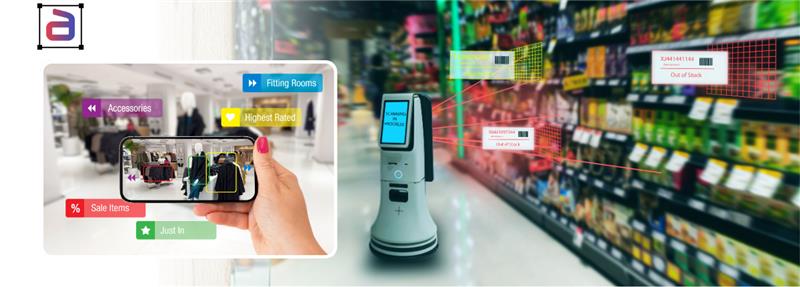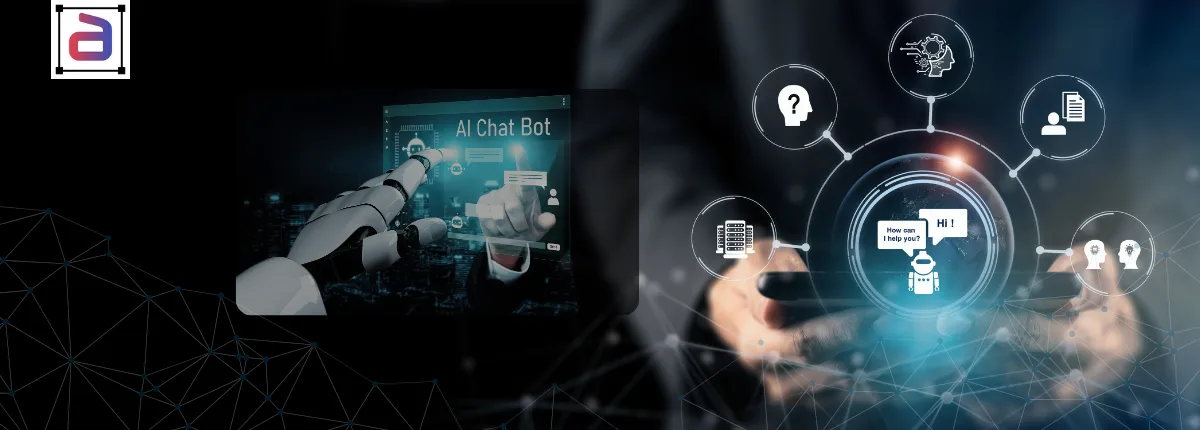Surveillance has evolved from grainy CCTV cameras reviewed after an incident to intelligent, AI-powered systems capable of identifying threats in real time. With advances in computer vision and machine learning, modern surveillance no longer just records—it analyzes, predicts, and alerts. At the heart of this transformation is data annotation for security and surveillance. Without high-quality annotated datasets, AI cannot distinguish between normal behavior and suspicious activity, or between a harmless item and a potential threat.
According to MarketsandMarkets, the global video surveillance market is projected to grow from $53.7 billion in 2023 to $83.3 billion by 2028, with AI and analytics driving much of this growth. Annotation is the invisible but essential force behind these intelligent systems.
Why Data Annotation Matters in Surveillance
Raw video streams are overwhelming and unstructured. Data annotation gives them meaning by labeling objects, movements, and behaviors, turning pixels into actionable insights. Data annotation matters in surveillance because it transforms raw video into meaningful, actionable intelligence. Moreover, precise labeling helps systems detect threats, track movement, and classify behaviors accurately. Consequently, security teams can respond faster and minimize risks. Ultimately, high-quality annotated data strengthens the reliability and performance of modern surveillance technologies. Annotation enables systems to:
- Detect and classify objects: Labeling people, vehicles, and objects of interest ensures accurate monitoring.
- Recognize suspicious behavior: Annotating gestures or movement patterns allows AI to identify loitering, aggression, or abnormal activity.
- Enable facial recognition: Annotated datasets allow for accurate identity verification, even in challenging conditions.
- Support predictive analytics: Annotated historical footage trains models to forecast bottlenecks, crowd surges, or potential threats.
“Annotation turns surveillance systems from passive observers into proactive guardians.” — Security Technology Analyst
High-quality annotation ensures that surveillance AI is reliable, reducing false alarms and enabling faster, more confident responses from human operators.
Key Annotation Techniques for Security
Key annotation techniques for security include bounding boxes, polygons, and activity labeling, each enabling systems to interpret scenes more accurately. Moreover, trajectory tracking helps monitor movement patterns, while event tagging supports faster threat detection. Consequently, these techniques strengthen surveillance models, ensuring they operate with higher precision and reliability. Different annotation methods bring unique value to surveillance use cases:
- Bounding Boxes: Used for labeling people, vehicles, or unattended items, bounding boxes provide fast and efficient tagging for object detection.
- Polygons & Polylines: Capture irregular shapes such as bags, weapons, or crowds more precisely than rectangles.
- Semantic Segmentation: Classifies every pixel in a frame, helping AI distinguish between roads, sidewalks, restricted zones, or exits—critical in airport security.
- Facial Landmark Annotation: Marks facial features for recognition, even in low-light, angled, or crowded conditions.
- 3D Point Cloud Annotation: For LiDAR-enabled systems, annotating objects in 3D provides spatial awareness for perimeter monitoring or drone-based surveillance.
By applying the right techniques, security systems can handle diverse, real-world conditions—from crowded stadiums to restricted government facilities.
Challenges in Security & Surveillance Annotation
Challenges in security and surveillance annotation arise from complex environments, varying lighting conditions, and crowded scenes. Moreover, annotators must manage occlusions and subtle actions that are easy to miss. Consequently, maintaining accuracy becomes demanding, especially when scaling datasets. Therefore, robust guidelines and quality checks are essential to ensure reliable model performance. Annotation for surveillance is powerful, but it comes with challenges that organizations must address:
- Privacy Concerns: Annotating faces and behaviors raises ethical and legal questions. Compliance with GDPR, CCPA, and local surveillance laws is essential. Misuse of surveillance data can erode public trust.
- Bias Risks: If datasets lack diversity, AI systems may unfairly target or overlook specific groups. A biased surveillance AI could wrongly flag certain demographics, raising discrimination concerns.
- Edge Cases: Rare but critical scenarios—such as abandoned packages, sudden crowd panic, or unusual intrusions—must be annotated accurately to ensure safety.
- Scale: City-wide surveillance generates petabytes of data daily. Annotating at this scale requires massive resources and automation.
- Accuracy: Inconsistent labeling can lead to false positives (unnecessary alarms) or false negatives (missed threats), both of which compromise safety.
For example, a poorly annotated dataset used in retail security led to an AI system flagging harmless customer behavior as theft, creating customer dissatisfaction and reputational damage for the retailer.
Industry Applications
- Airports and Transportation Hubs: Annotated video helps detect unattended luggage, track individuals of interest, and improve passenger flow. Airports using AI-driven annotation systems reported 30% fewer false alarms compared to traditional surveillance.
- Smart Cities: Annotated datasets power systems that manage traffic, monitor public spaces, and detect potential crimes. Singapore’s smart city initiatives use annotated surveillance data to reduce traffic congestion and improve safety.
- Retail Security: Annotated footage detects shoplifting, organized retail crime, and employee theft. According to the National Retail Federation, theft and shrinkage cost U.S. retailers over $94 billion in 2022—annotation-enabled surveillance is helping reduce these losses.
- Critical Infrastructure: Power plants, government buildings, and ports rely on annotated datasets for intrusion detection and real-time monitoring, ensuring public safety.
These applications highlight how annotation is not just enhancing surveillance—it is redefining it.
The Role of BPO in Surveillance Annotation
Managing annotation for massive surveillance datasets internally is often impractical. BPO providers deliver critical advantages:
- Scalability: Distributed teams capable of handling petabytes of video annotation efficiently.
- Domain Expertise: Annotators trained in security-specific contexts, from airport checks to crowd monitoring.
- Quality Assurance: Multi-level QA frameworks ensure consistent and accurate annotations across massive datasets.
- Compliance: Workflows designed to anonymize sensitive data and align with global privacy regulations.
- Faster Time-to-Value: Outsourcing enables organizations to accelerate deployment without diverting internal resources.
According to Deloitte, outsourcing data-related tasks reduces project timelines by up to 35% while maintaining compliance and quality standards.
Annotera’s Expertise
At Annotera, we specialize in data annotation for security and surveillance AI. Our solutions are designed to combine scale, quality, and compliance:
- Comprehensive Annotation Services: Bounding boxes, polygons, facial recognition annotation, and 3D labeling tailored to surveillance use cases.
- Bias-Aware Workflows: Ensuring datasets represent diverse populations to prevent unfair outcomes.
- Human-in-the-Loop QA: Rigorous quality checks to validate edge cases and reduce false positives.
- Compliance-First Approach: Secure data handling aligned with GDPR, HIPAA, and ISO certifications.
With Annotera, organizations can transform surveillance from passive monitoring into proactive intelligence that protects people, assets, and infrastructure.
Executive Takeaway
Surveillance systems are evolving into intelligent guardians powered by annotated data. High-quality annotation reduces errors, ensures compliance, and builds public trust. Companies that prioritize data quality will lead the next era of secure, smart environments.
“In security, the cost of poor data is measured in safety, trust, and lives. Annotation is no longer optional—it is essential.” — AI in Security Report
Contact Annotera for Video Surveillance Annotation
The future of security is intelligent, proactive, and AI-driven. Data annotation is the foundation that makes surveillance systems safer, smarter, and more trustworthy.
Ready to power your surveillance AI with high-quality annotation? Connect with Annotera today and discover how our solutions help you build safer environments.


